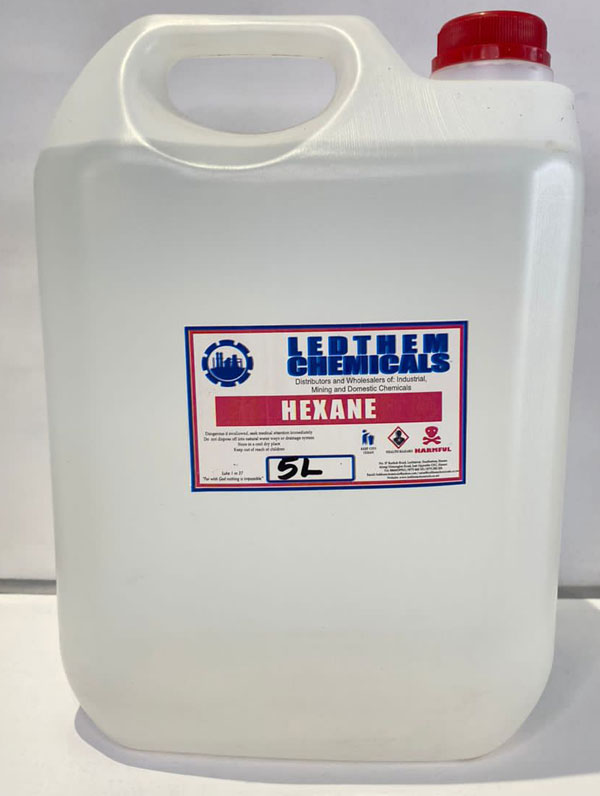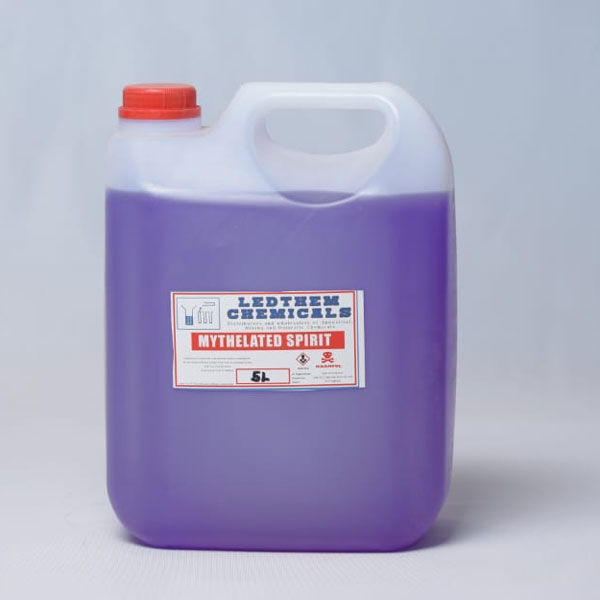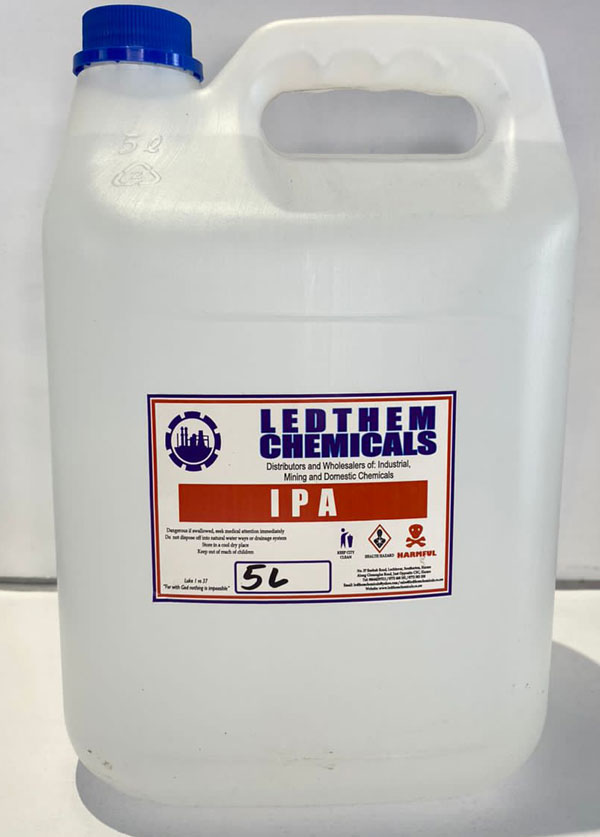Description
Hexane is a colorless, flammable liquid with a gasoline-like odor. It is a hydrocarbon, meaning that it is made up of only hydrogen and carbon atoms. Hexane is a common solvent, and it is used in a variety of industries, including:
- Extracting edible oils from seeds and vegetables
- Making glues, varnishes, and inks
- Cleaning and degreasing industrial equipment
- Manufacturing plastics and other synthetic materials
- Using as a solvent in the laboratory
Hexane is also a potential health hazard. It can be harmful if inhaled, swallowed, or absorbed through the skin. Acute exposure to hexane can cause dizziness, headache, nausea, and vomiting. Chronic exposure can lead to nerve damage, including numbness, tingling, and weakness in the hands and feet.
The EPA has classified hexane as a hazardous air pollutant. This means that it is a substance that can cause harm to human health or the environment if released into the air. The EPA has also set limits on the amount of hexane that can be released into the air from industrial sources.
If you are working with hexane, it is important to take precautions to protect yourself from exposure. These precautions include:
- Using a well-ventilated area
- Wearing gloves, goggles, and a respirator
- Avoiding skin contact
- Not smoking or eating while working with hexane
If you are exposed to hexane, it is important to seek medical attention immediately.
Here are some additional information about hexane:
- It is a clear, colorless liquid with a gasoline-like odor.
- It is highly flammable and its vapors can explode.
- It is a good solvent for many organic compounds.
- It is used in a variety of industrial and commercial applications.
- It is a potential health hazard and can cause central nervous system damage.
Additional information
| Chemical Category | CLINICAL, Clinical Solvents, DOMESTIC, Domestic Solvents, INDUSTRIAL, Industrial Solvents, MINING, Mining Solvents |
|---|
Quick Comparison
| Settings | Hexane remove | Benzine remove | Ethanol remove | Butyl Oxitol remove | Mineral Turpentine remove | Xylene remove | ||||||||||||
|---|---|---|---|---|---|---|---|---|---|---|---|---|---|---|---|---|---|---|
| Image |  |  |  |  |  |  | ||||||||||||
| SKU | ||||||||||||||||||
| Rating | ||||||||||||||||||
| Price | ||||||||||||||||||
| Stock | In Stock | In Stock | In Stock | In Stock | In Stock | In Stock | ||||||||||||
| Availability | In Stock | In Stock | In Stock | In Stock | In Stock | In Stock | ||||||||||||
| Add to cart | ||||||||||||||||||
| Description | Benzine Is an aromatic hydrocarbon extracted from cracked gasoline, etc. It is used as a raw material for styrene phenol, cyclohexane, and other chemicals | Ethanol is used in a variety of industrial and commercial applications, including degreaser, fuel, antifreeze, Pharmaceutical, cleaning and solvent | Butyl Oxitol is a colorless liquid has a sweet, ether like odor as it derives from the family of glycol ethers, it is used in domestic and industrial products. | Medium evaporating solvent widely used in oil based paints and for cleaning brushes | Xylene, Appears as a colorless watery liquid with a sweet odor. Less dense than water. Insoluble in water. Irritating vapor | |||||||||||||
| Content | Hexane is a colorless, flammable liquid with a gasoline-like odor. It is a hydrocarbon, meaning that it is made up of only hydrogen and carbon atoms. Hexane is a common solvent, and it is used in a variety of industries, including:
Hexane is also a potential health hazard. It can be harmful if inhaled, swallowed, or absorbed through the skin. Acute exposure to hexane can cause dizziness, headache, nausea, and vomiting. Chronic exposure can lead to nerve damage, including numbness, tingling, and weakness in the hands and feet. The EPA has classified hexane as a hazardous air pollutant. This means that it is a substance that can cause harm to human health or the environment if released into the air. The EPA has also set limits on the amount of hexane that can be released into the air from industrial sources. If you are working with hexane, it is important to take precautions to protect yourself from exposure. These precautions include:
If you are exposed to hexane, it is important to seek medical attention immediately. Here are some additional information about hexane:
| Benzine Is an aromatic hydrocarbon extracted from cracked gasoline, etc. It is used as a raw material for styrene phenol, cyclohexane, and various other chemicals. It is also used as a solvent | Ethanol, also known as ethyl alcohol, grain alcohol, or drinking alcohol, is a clear, colorless, flammable liquid with a mild odor. It is a type of alcohol that is made from the fermentation of sugars or starches. Ethanol is used in a variety of industrial and commercial applications, including:
Ethanol is a renewable resource and produces fewer emissions than gasoline. It is a versatile solvent with many uses. It is important to use it safely and responsibly. Here are some of the benefits of using Ethanol:
If you are looking for a renewable, low-emission fuel or solvent, then Ethanol is a good option. Here are some additional details that you may want to include in your product description:
| Butyl Oxitol is a colorless liquid has a sweet, ether like odor as it derives from the family of glycol ethers, it is used in many domestic and industrial products because of its properties as a surfactant. | Medium evaporating solvent widely used in oil based paints and for cleaning brushes | Xylene, Appears as a colorless watery liquid with a sweet odor. Less dense than water. Insoluble in water. Irritating vapor | ||||||||||||
| Weight | ||||||||||||||||||
| Dimensions | N/A | N/A | N/A | N/A | N/A | N/A | ||||||||||||
| Additional information |
|
|
|
|
|
|






Reviews
There are no reviews yet.